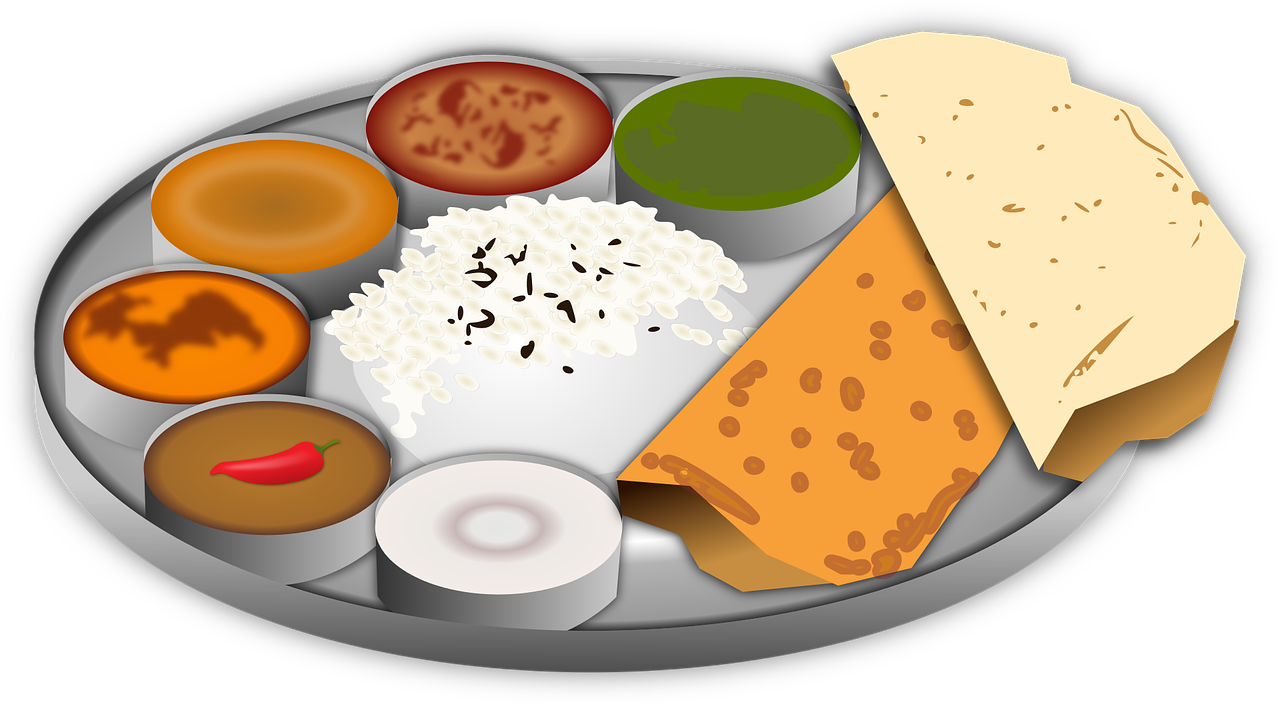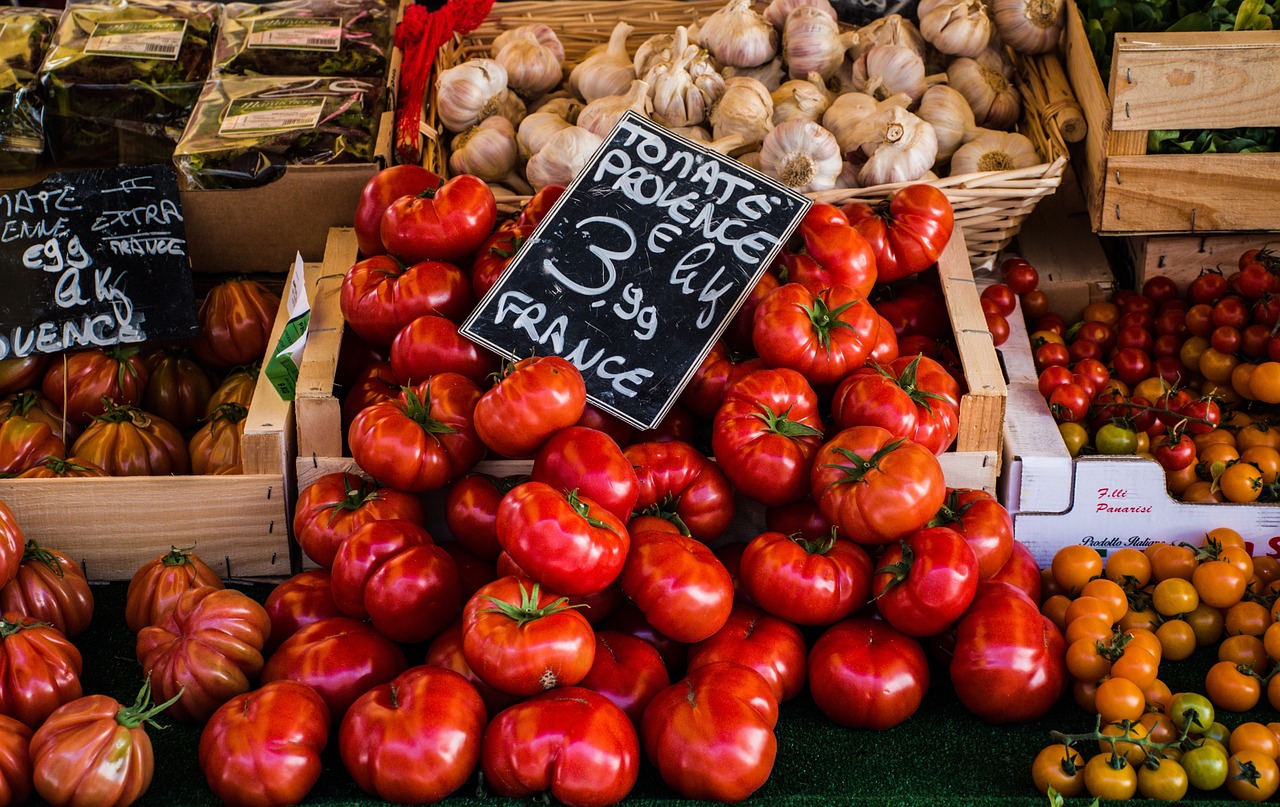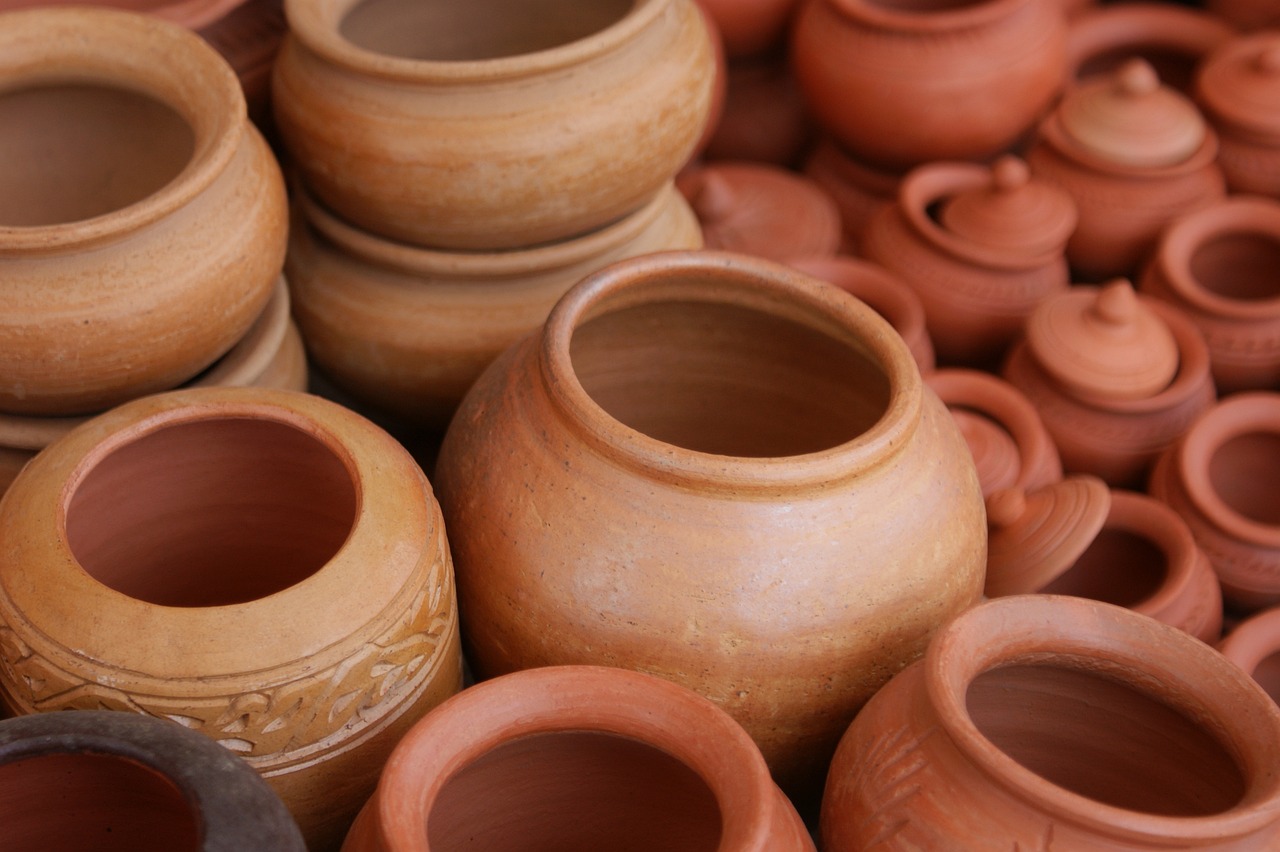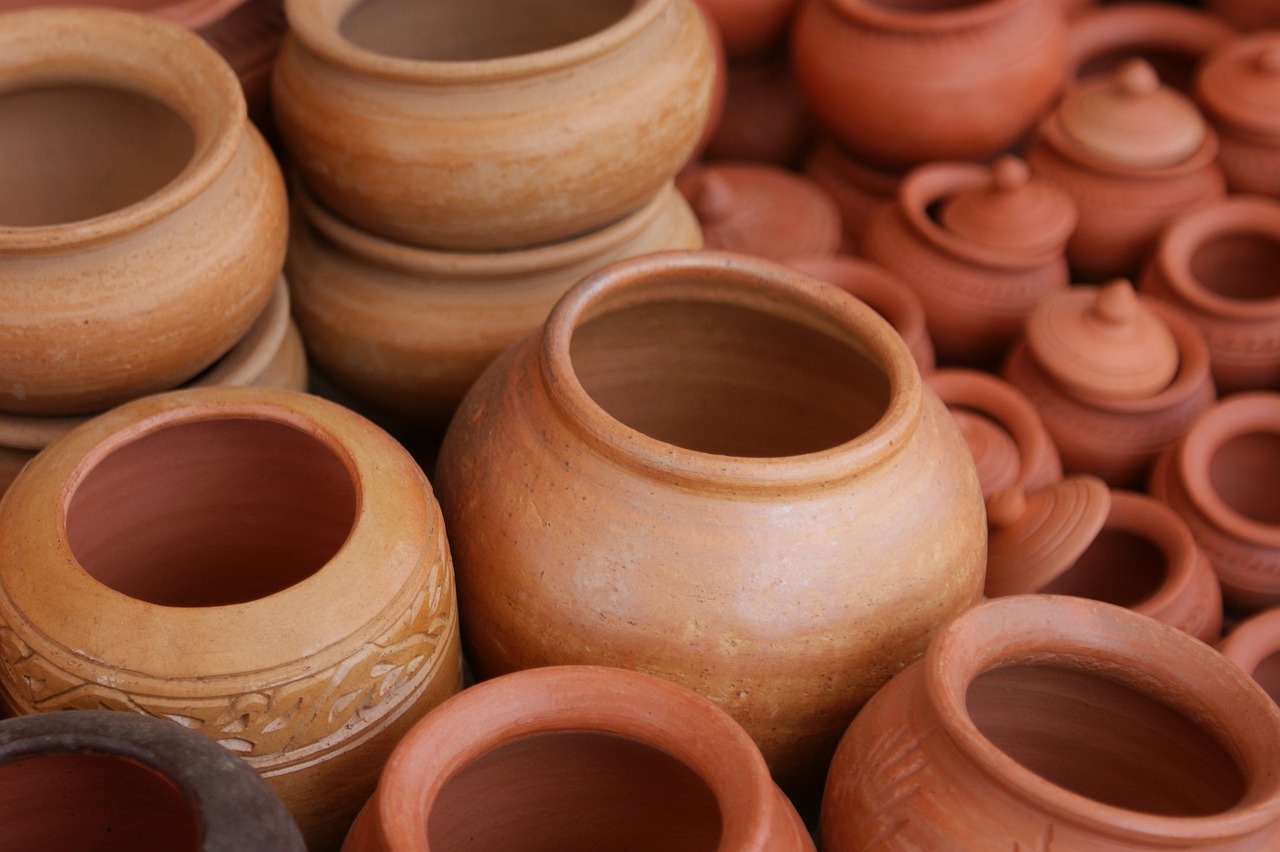Discover the fascinating culinary traditions of Japan’s Hokkaido region, as Tastepan.com takes you on a delightful journey through the diverse world of food culture. Immerse yourself in the rich heritage of this northeastern region of Japan, renowned for its unique and flavorful dishes. From fresh seafood delicacies to hearty soups and delectable sweets, Hokkaido’s culinary traditions will captivate your taste buds and deepen your appreciation for the global tapestry of flavors. Get ready to embark on a mouthwatering adventure as we explore the culinary wonders of Hokkaido.
Hokkaido: The Northernmost Island of Japan
Hokkaido, the northernmost island of Japan, is not only known for its stunning natural beauty, but also for its rich culinary traditions. Situated away from the hustle and bustle of the mainland, Hokkaido offers a unique blend of geographical and cultural influences that shape its cuisine. From seafood delicacies to hearty hotpots, Hokkaido’s culinary scene is a treat for the senses. In this article, we will explore the diverse and mouth-watering world of Hokkaido cuisine, highlighting its geographical and cultural background, the influence of the indigenous Ainu culture, seasonal ingredients and dishes, seafood delicacies, farming and agriculture, regional specialties such as Hokkaido Ramen and hotpots, traditional Ainu dishes, sweets and desserts, as well as popular drinks and beverages. Let’s dive in and discover the flavors of Hokkaido!

Geographical and Cultural Background
Hokkaido, with its vast landscapes and contrasting seasons, is deeply connected to its unique geographical and cultural background. Surrounded by the Sea of Japan, the Sea of Okhotsk, and the Pacific Ocean, this island is blessed with an abundance of fresh fish and shellfish. Its cold climate and fertile land make it ideal for farming and agriculture, providing premium produce such as Hokkaido milk, dairy products, and the iconic Hokkaido potatoes.
The influence of Ainu culture, the indigenous people of Hokkaido, adds a distinctive touch to the region’s cuisine. The Ainu people have a deep connection with nature and their traditional dishes often feature ingredients sourced from the land and sea. By understanding Hokkaido’s geographical and cultural background, we can better appreciate the flavors and traditions that are deeply rooted in this unique island.
Clay Pot Cooking: A Staple of Hokkaido Cuisine
Clay pot cooking, also known as “nabe,” is a staple in Hokkaido cuisine. This traditional cooking method involves simmering ingredients in a thick, ceramic pot, allowing the flavors to meld together and create a comforting and soul-soothing dish. The warmth and communal nature of nabe make it perfect for the cold Hokkaido winters.
One popular nabe dish in Hokkaido is the Mongolian-inspired Hokkaido Jingisukan. This hotpot features thinly sliced lamb or mutton, accompanied by an array of vegetables, mushrooms, and other ingredients. The savory and hearty flavors of this dish make it a favorite among locals and visitors alike.
Another famous nabe dish from Hokkaido is the Ishikari Nabe, a salmon hotpot named after the Ishikari River. This hotpot showcases the freshness of Hokkaido’s salmon, which is simmered with vegetables in a miso-based broth. The combination of the rich miso flavor and the succulent salmon makes the Ishikari Nabe a true Hokkaido delicacy.

Influence of Indigenous Ainu Culture
The Ainu people, the indigenous inhabitants of Hokkaido, have a profound influence on the region’s culinary traditions. Their deep connection with the land and sea is reflected in the ingredients and cooking techniques used in Ainu cuisine. Traditional Ainu dishes often include ingredients such as salmon, venison, and wild plants, which are sourced from the bountiful nature of Hokkaido.
One notable Ainu dish is Ikapirka, a fermented salmon dish. This unique delicacy involves burying salmon in the ground for several months, allowing it to naturally ferment. The resulting flavors are rich and complex, showcasing the Ainu people’s knowledge of preserving food while also imparting a distinct taste that cannot be replicated.
Mukkuri, a traditional Ainu musical instrument made from bamboo, is not only a symbol of Ainu culture but also finds its place in the culinary world. Mukkuri is often used as a decorative element in traditional Ainu dishes, adding an artistic touch to the presentation. This harmonious blend of music and food highlights the deep connection between the Ainu people and their culinary heritage.
Seasonality in Hokkaido Cuisine
Hokkaido’s distinct four seasons play a significant role in shaping its cuisine. Each season brings with it an abundance of ingredients that are celebrated through harvest festivals and seasonal celebrations. Let’s explore the unique flavors and dishes that each season offers.
Spring:
Spring in Hokkaido is a time of awakening, as the snow begins to melt, and nature starts to bloom. It is a season marked by fresh and vibrant ingredients, such as bamboo shoots, mountain vegetables, and young greens. In celebration of spring, Hokkaido locals enjoy dishes like “Takenoko Gohan,” a bamboo shoot rice dish, and “Sansai Tempura,” deep-fried mountain vegetables.
Summer:
Summer brings a bounty of seafood to Hokkaido’s shores. The waters around the island teem with fish and shellfish, making it a paradise for seafood lovers. Hokkaido is renowned for its high-quality sushi and sashimi, featuring the freshest catch of the season. Grilled seafood, such as “Ika Shiokara” (fermented squid) and “Uni Sushi” (sea urchin sushi), are also popular summer delicacies.
Autumn:
Autumn in Hokkaido is a time of rich harvests, with fields yielding an array of flavors. The season’s star ingredient is the Hokkaido pumpkin, known for its sweet and nutty flavor. It is often used in dishes like “Kabocha Korokke” (pumpkin croquettes) and “Kabocha Nimono” (simmered pumpkin). Autumn is also the season for “Kani” (crab), a Hokkaido favorite, which is enjoyed in various forms, including “Kani Nabe” (crab hotpot) and “Kani Sushi” (crab sushi).
Winter:
Winter in Hokkaido is a time for hearty and comforting dishes to keep warm in the cold weather. Hotpots, or nabe, take the center stage, providing nourishment and warmth during the long winter months. The rich and tasty “Genghis Khan” hotpot, featuring lamb and vegetables, is a favorite among locals. Additionally, “Zangi” (deep-fried chicken) is a popular winter dish, crispy on the outside and tender on the inside.
By embracing the seasonality of ingredients, Hokkaido’s cuisine reflects the changing landscapes and delights the palate with the freshest flavors each season has to offer.

Seafood Delicacies of Hokkaido
Hokkaido’s position surrounded by the sea means that it is blessed with an abundance of fresh fish and shellfish. From succulent snow crab to buttery scallops, Hokkaido is a seafood lover’s paradise. Let’s explore the highlights of Hokkaido’s seafood delicacies.
Abundance of Fresh Fish and Shellfish:
Hokkaido’s cold waters are home to a wide variety of fish and shellfish. The nutrient-rich environment and the unique currents contribute to the exceptional quality and taste of the seafood found in Hokkaido. From the famous Hokkaido salmon and fatty tuna to the sweet and meaty Hokkaido scallops, the options are endless.
Sushi and Sashimi: Highlights of Hokkaido Cuisine:
Hokkaido is renowned for its sushi and sashimi, showcasing the freshest catch from the seas. The top-grade fish, skillfully sliced by expert chefs, provides a melt-in-your-mouth experience. Hokkaido’s sushi and sashimi often feature local specialties such as “Uni” (sea urchin), “Ikura” (salmon roe), and “Hotate” (scallop), which are prized for their exceptional taste and texture.
Popular Seafood Dishes:
Apart from sushi and sashimi, Hokkaido offers a wide range of seafood dishes that are loved by locals and tourists alike. Grilled “Kani” (crab) is a must-try, whether enjoyed as whole crabs or in dishes like “Kani Nabe” (crab hotpot) and “Kani Gyoza” (crab dumplings). “Ebi Fry” (fried prawns) and “Sake Teriyaki” (grilled salmon with teriyaki sauce) are also popular choices that highlight the natural flavors of Hokkaido seafood.
From casual eateries to high-end restaurants, Hokkaido’s seafood delicacies cater to all tastes and budgets. Indulging in these flavorsome dishes allows you to truly appreciate the freshness and quality that Hokkaido’s seas have to offer.
Farming and Agriculture in Hokkaido
Beyond its seafood bounty, Hokkaido is also known for its thriving farming and agricultural scene. The island’s vast landscapes and fertile soils provide the perfect conditions for cultivating various crops and raising livestock. Let’s delve into the world of farming and agriculture in Hokkaido.
Vast Agricultural Landscapes:
Hokkaido’s expansive fields and open landscapes are a testament to its agricultural abundance. The region cultivates a diverse range of crops, including vegetables, fruits, and grains. From cornfields to melon patches, the vastness of Hokkaido’s agricultural landscapes is a sight to behold.
Hokkaido Milk and Dairy Products:
Hokkaido is famous for its high-quality milk and dairy products. The region’s cows graze on lush pastures, producing rich and creamy milk that is used to create a range of dairy delights. Hokkaido cheese, butter, and ice cream are renowned for their exceptional taste and texture, thanks to the region’s cool climate and top-notch farming practices.
Potatoes: Hokkaido’s Most Important Crop:
Potatoes are a staple in Hokkaido’s cuisine and are considered the island’s most important crop. Hokkaido’s cool climate and well-drained soils create the perfect conditions for growing top-quality potatoes. The region is known for its Fluffy, buttery Yukon Gold potatoes, and the versatile Kitaakari variety, which is used in dishes like “Hokkaido Potato Salad” and “Potato Mochi.”
Hokkaido’s farming and agriculture not only provide the island with fresh and high-quality produce but also support the local culinary scene. By utilizing the bountiful resources of Hokkaido’s land, farmers and producers play a crucial role in creating the flavors that make Hokkaido cuisine so special.
Hokkaido Ramen: A Regional Specialty
Ramen holds a special place in Japanese cuisine, with each region having its own unique take on this beloved dish. Hokkaido is no exception, offering its own array of regional ramen varieties that have gained international recognition. Let’s explore the world of Hokkaido ramen.
Unique Ramen Varieties and Broth:
Hokkaido ramen stands out for its rich and flavorful broths. The region’s cold climate has influenced the creation of hearty and soul-warming ramen to combat the winters. The most famous Hokkaido ramen variety is “Miso Ramen,” featuring a rich and savory miso-based broth that is thick and fragrant. Other popular Hokkaido ramen styles include “Shoyu Ramen” (soy sauce-based) and “Shio Ramen” (salt-based), each with its own unique flavors.
Ganso Sapporo Ramen Yokocho: Ramen Alley in Sapporo:
For those seeking an authentic Hokkaido ramen experience, a visit to Ganso Sapporo Ramen Yokocho is a must. Located in Sapporo, this bustling alley is lined with small ramen stalls, each offering their own take on Hokkaido ramen. The aromatic soup, springy noodles, and various toppings create a delightful symphony of flavors that will leave you craving for more.
Ramen as a Symbol of Hokkaido’s Culinary Identity:
Hokkaido ramen is not just a dish; it is a symbol of Hokkaido’s culinary identity. The regional specialty has gained popularity both domestically and internationally, drawing food enthusiasts from all corners of the globe. The distinct flavors and styles of Hokkaido ramen showcase the creativity and dedication of Hokkaido’s ramen chefs, ensuring a memorable culinary experience for all ramen lovers.
Hotpots: Nabe Culture in Hokkaido
With its cold winter climate, it’s no surprise that hotpots, or nabe, play a significant role in Hokkaido’s culinary scene. These comforting and communal dishes are enjoyed by friends and family, providing warmth and nourishment during the chilly months. Let’s explore the unique hotpot culture of Hokkaido.
Winter Comfort Food:
Hokkaido winters can be harsh, with heavy snowfall and freezing temperatures. Hotpots offer solace during this time, bringing warmth and comfort to everyone gathered around the table. The hearty and flavorful broths, filled with an array of fresh ingredients, create a heartwarming experience that is truly unique to Hokkaido.
Hokkaido Jingisukan: Mongolian-inspired Hotpot:
Hokkaido Jingisukan is a popular hotpot dish that originated from the Mongolian-style barbecue. Thinly sliced lamb or mutton is cooked in a dome-shaped skillet, similar to a Mongolian grill, with an assortment of vegetables and seasonings. The name “Jingisukan” references Genghis Khan, the founder of the Mongol Empire, and pays homage to the dish’s origins. The sizzling sound and aromatic flavors of Jingisukan make it a delightful choice for a memorable dining experience.
Ishikari Nabe: Salmon Hotpot:
Named after the Ishikari River in Hokkaido, Ishikari Nabe is a hotpot dish that showcases the region’s prized salmon. The salmon, along with an array of vegetables, is simmered in a miso-based broth, creating a rich and umami-packed dish. The fusion of the miso flavor and the tender salmon makes Ishikari Nabe a cherished Hokkaido specialty.
Hotpots bring people together, fostering a sense of community and warmth during the cold Hokkaido winters. Whether it’s exploring the flavors of Jingisukan or savoring the comforting Ishikari Nabe, hotpots are a delightful tradition that shouldn’t be missed when visiting Hokkaido.
Traditional Ainu Dishes
The Ainu people, with their rich heritage and close connection to the land, have a distinct culinary tradition that reflects their indigenous culture. Let’s delve into traditional Ainu dishes and experience the flavors that have been passed down through generations.
Ainu Culinary Heritage:
Ainu cuisine is deeply rooted in the natural resources of Hokkaido, incorporating ingredients sourced from both the land and the sea. Traditional Ainu dishes often feature salmon, venison, wild plants, and roots, showcasing the Ainu people’s deep understanding of their environment and their ability to live harmoniously with nature.
Ikapirka: Fermented Salmon Dish:
One standout dish in Ainu cuisine is Ikapirka, a fermented salmon dish. Ikapirka involves burying salmon in the ground for several months, allowing it to naturally ferment. The result is a delicate yet complex flavor that is rich in umami. This traditional Ainu dish highlights their expertise in preserving food while creating unique culinary experiences.
Mukkuri: Traditional Ainu Musical Instrument and Dish:
Mukkuri, a traditional Ainu musical instrument made from bamboo, also finds its place in the culinary traditions of the Ainu people. It is not only a musical instrument but also serves as a decorative element in traditional Ainu dishes. This artistic touch adds a sense of cultural pride and an appreciation for the Ainu people’s unique traditions.
Understanding and embracing the traditional Ainu dishes allows us to appreciate the cultural diversity and heritage of Hokkaido. The flavors and techniques that have been passed down through generations showcase the Ainu people’s deep-rooted connection to their land and traditions.
Sweets and Desserts of Hokkaido
No culinary journey would be complete without indulging in Hokkaido’s delightful sweets and desserts. Known for its rich dairy products and unique flavors, Hokkaido offers a wide range of treats that are sure to satisfy any sweet tooth. Let’s explore some of the standout sweets and desserts of Hokkaido.
Rich Dairy Products in Hokkaido Sweets:
Hokkaido’s dairy products, particularly its milk and cream, are renowned for their exceptional quality and richness. This is due to the region’s cool climate and the focus on raising high-quality dairy cows. Hokkaido milk and cream form the basis of many sweets and desserts, lending a creamy and luscious texture that elevates the flavors.
Shiroi Koibito: Hokkaido’s Famous White Chocolate Cookie:
Shiroi Koibito, which translates to “White Lover,” is a famous Hokkaido sweet that has gained worldwide popularity. This delicacy consists of two thin butter cookies sandwiched together with a layer of smooth white chocolate. Shiroi Koibito is not just a treat for the taste buds but also a delight for the eyes, as each cookie is adorned with an intricate design.
Soft-Serve Ice Cream: A Hokkaido Specialty:
Hokkaido is known for its incredibly creamy and flavorful soft-serve ice cream. The use of high-quality dairy products and unique flavors sets Hokkaido’s soft-serve apart from the rest. Popular flavors include vanilla, lavender, melon, and matcha, each offering a delightful taste of Hokkaido’s natural abundance.
Indulging in Hokkaido’s sweets and desserts is a delightful way to experience the region’s rich culinary scene. From creamy white chocolate cookies to irresistible soft-serve ice cream, Hokkaido offers a sweet sensation that will leave you craving for more.
Drinks and Beverages
To complete the culinary experience in Hokkaido, we must explore the diverse and delightful drinks and beverages that the region has to offer. From locally brewed craft beers to world-renowned sake and Japanese whisky, Hokkaido has something to quench every thirst. Let’s take a sip and discover Hokkaido’s drink delights.
Sake and Japanese Whisky:
Hokkaido is renowned for its exceptional sake and Japanese whisky, which have gained international fame for their craftsmanship and quality. The region’s sake breweries produce a wide variety of sake, ranging from dry and crisp to sweet and fruity, showcasing the versatility and artistry of Hokkaido’s sake makers. Hokkaido-made whiskies, with their smooth flavors and rich complexity, have also earned a place on the global whiskey stage.
Hokkaido Craft Beers:
Craft beer enthusiasts will be delighted to discover Hokkaido’s thriving craft beer scene. The region boasts numerous microbreweries that produce a wide range of beers, showcasing both traditional styles and innovative flavors. From refreshing lagers to hoppy IPAs and smooth stouts, Hokkaido craft beers offer a choice for every beer aficionado.
Yubari Melon: Iconic Hokkaido Fruit Juice:
No exploration of Hokkaido’s beverages would be complete without a mention of Yubari melon, a beloved local fruit. Yubari melons are known for their sweet and succulent flesh, which is juiced to create a delightful and refreshing beverage. Yubari melon juice embodies the essence of Hokkaido’s agricultural prowess, offering a taste of the region’s natural abundance.
By sipping on Hokkaido’s sake, Japanese whisky, craft beers, and iconic fruit juices, we can fully appreciate the region’s dedication to quality and craftsmanship in the realm of beverages. Toasting to the flavors of Hokkaido adds the final touch to a culinary journey filled with delights.
Preservation and Revival of Hokkaido Cuisine
As culinary traditions evolve, it is essential to preserve and celebrate the roots that make a cuisine unique. In Hokkaido, efforts to preserve traditional recipes and culinary techniques are accompanied by various food festivals and events that showcase the region’s rich heritage. Let’s explore the preservation and revival of Hokkaido cuisine.
Efforts to Preserve Traditional Recipes:
Hokkaido’s culinary identity is deeply rooted in its traditions, and efforts are made to ensure that these traditions are preserved for future generations. Organizations, local communities, and individuals work together to document and pass down traditional recipes, ensuring that the flavors and techniques of the past continue to thrive in the present.
Hokkaido Food Festivals and Events:
Hokkaido hosts numerous food festivals and events throughout the year that celebrate its culinary heritage. These events bring together local producers, chefs, and food enthusiasts, offering a platform to showcase Hokkaido’s finest ingredients and dishes. From seafood festivals to ramen festivals, visitors can immerse themselves in the vibrant food culture of Hokkaido.
Integration of Local Ingredients in Modern Cuisine:
While traditions are preserved, Hokkaido cuisine also embraces innovation and creativity. Chefs and food entrepreneurs integrate local ingredients and flavors into modern dishes, creating a fusion of tradition and innovation. This integration allows Hokkaido cuisine to remain relevant and enticing to both locals and visitors.
By preserving, celebrating, and innovating Hokkaido’s culinary heritage, the region ensures that its distinctive flavors and traditions continue to thrive. Visitors to Hokkaido can experience the best of the past and the present, creating a truly unforgettable culinary journey.
In conclusion, Hokkaido’s culinary scene is a treasure trove of flavors and traditions that reflect the unique geographical and cultural background of the region. From seafood delicacies to hearty hotpots, traditional Ainu dishes to delightful sweets, Hokkaido offers a diverse range of culinary delights that cater to all tastes. By exploring the flavors and techniques that make Hokkaido cuisine special, we can develop a deeper appreciation for the rich tapestry of flavors found in this northernmost island of Japan. So, put on your culinary adventurer’s hat, embark on a gastronomic journey, and savor the exquisite tastes of Hokkaido!

